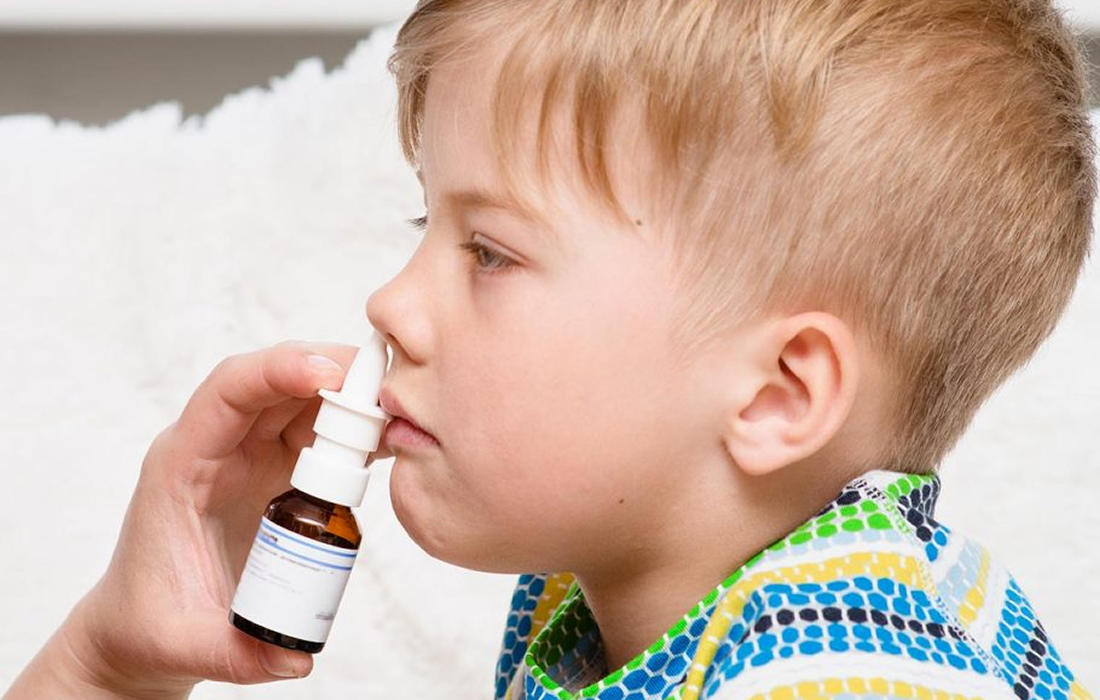Regenerative Medicine News and General Information
Simple Nasal Spray Significantly Reduces Needing to Take Tonsils Out
Obstructive sleep-disordered breathing (SDB) in children is characterized by snoring and difficulty breathing during sleep. SDB affects at least 12% of otherwise healthy children and can cause significant long-term issues impacting cognitive function, behavior and cardiovascular health. Evidence from small clinical trials suggests that intranasal corticosteroids improve SDB as measured by polysomnography; however, the effect on symptoms and quality of life is unclear.
Nasal sprays work by cleaning the nose and/or reducing inflammation not just in the nose but all the way down the back of the throat to the adenoids and tonsil tissue to alleviate the symptoms.
Tonsillectomy is the most common pediatric elective surgery for children in Australia with more than 40,000 performed each year. Commonly used to treat children’s snoring, the procedure is costly, painful and a significant burden on hospital resources.
A simple nasal spray significantly reduced snoring and breathing difficulties in children and halved the number needing to have their tonsils removed, according to a new study
To determine whether intranasal mometasone furoate (steroid) is more effective than intranasal saline for improving symptoms and quality of life in children with SDB, the researchers did a randomized-controlled “MIST” trial of the sprays involved 276 children, aged 3-12 years, and was carried out at The Royal Children’s Hospital and Monash Children’s Hospital.
Resolution of significant SDB symptoms occurred in 56 of 127 participants (44%) in the mometasone group and 50 of 123 participants (41%) in the saline group with 26 participants lost to follow-up and missing values managed by multiple imputation. Those assessed by a surgeon as needing their tonsils and/or adenoids removed was reduced by half.
The main adverse effects were epistaxis, affecting 12 of 124 participants (9.7%) in the mometasone group and 18 of 120 participants (15%) in the saline group, and nasal itch/irritation, affecting 12 of 124 participants (9.7%) in the mometasone group and 22 of 120 participants (18%) in the saline group.
These findings suggest A large proportion of children who snore and have breathing difficulties could be managed successfully by their primary care physician, using six weeks of an intranasal saline spray as a first-line treatment.
SOURCE:
Alice Baker, Anneke Grobler, Karen Davies, Amanda Griffiths, Harriet Hiscock, Haytham Kubba, Rachel L. Peters, Sarath Ranganathan, Joanne Rimmer, Elizabeth Rose, Katherine Rowe, Catherine M. Simpson, Andrew Davidson, Gillian Nixon, Kirsten P. Perrett. Effectiveness of Intranasal Mometasone Furoate vs Saline for Sleep-Disordered Breathing in Children. JAMA Pediatrics, 2023; DOI: 10.1001/jamapediatrics.2022.5258
IMAGE:

